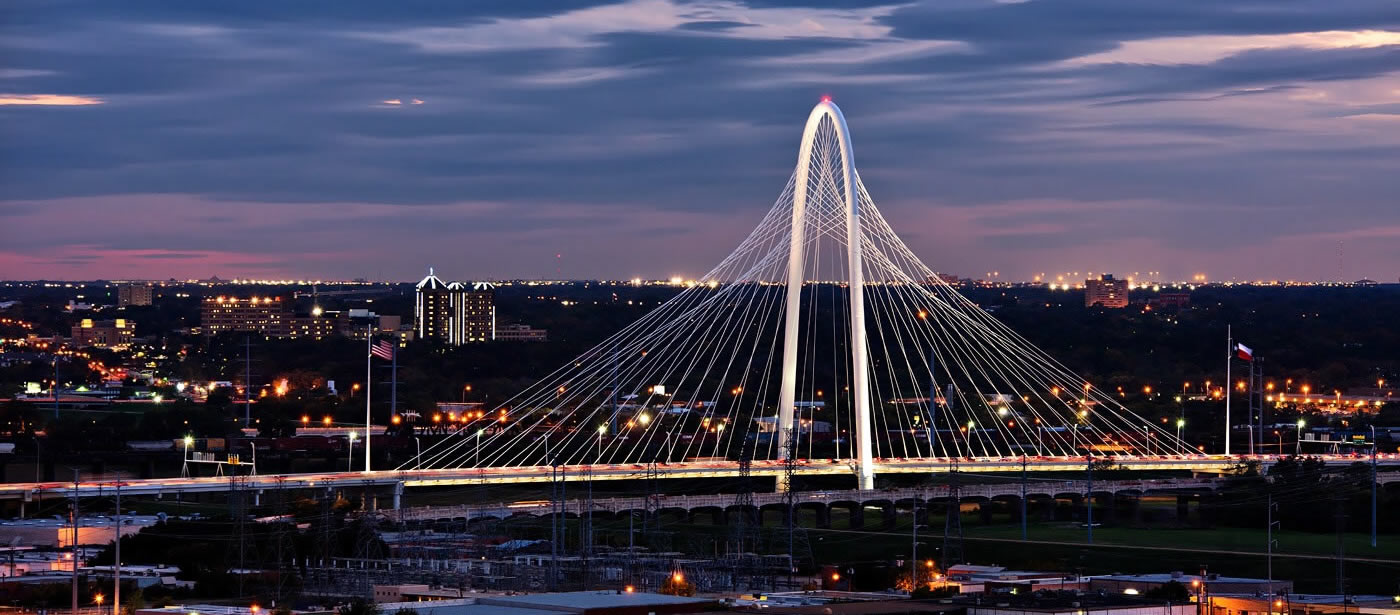Welcome to the working week.
Oh I know it don’t thrill you, I hope it don’t kill you
Welcome to the working week
You gotta do it till you’re through it, so you better get to it
– Elvis Costello
I get a bonus Labor Day this year. In May, I traveled to Spain for my 25th Wedding Anniversary (hence the lovely photos sprinkled throughout this post). While there, I learned while trying to visit the unexpectedly closed Museo Nacional Del Prado that Labor Day is celebrated in Spain — and many other countries — on May 1. Of course, that led to questions:
- Why May 1 in Spain?
- Why September in the United States?
- Why is Labor Day a thing anyway?
It turns out that the United States (along with Canada) is in the minority with a September observance of Labor Day. Most other countries celebrate labor in May — May Day or International Workers Day.
History of Labor Day

Castillo de Aracena
Labor Day — whether observed in May or September, commemorates the historic struggles and gains made by workers and the labor movement. In the late 19th century, workdays of 12 to 16 hours were common. Children as young as 5 and 6 years old worked in unsafe conditions. Death and serious injuries were common in factories, inspiring such books as The Jungle (Upton Sinclair) and The Iron Hell (Jack London). In the 1880’s, organized labor mobilized to demand a standard 8-hour workday.
On May 1, 1886, more than 300,000 workers across the United States walked off their jobs in the first reported May Day celebration in history. Chicago was the epicenter for the 8-hour workday movement and the site of a major union demonstration supporting the shortened workday. On May 3, a strike at the McCormick Reaper plant turned violent. The next day, what was supposed to be a peaceful meeting at Haymarket Square became deadly. When a bomb exploded, 67 policemen were wounded and 7 died. In the aftermath, several civilians were killed and over 200 wounded.

Priego de Cordoba
In 1889, the International Socialist conference declared May 1 to be International Workers’ Day, a holiday to commemorate the labor movement and the Haymarket Massacre. Following more labor unrest, including nationwide labor strike in 1883 that resulted in more deaths, injuries, and property damage, President Grover Cleveland spurred Congress to recognize Labor Day as a federal holiday in 1894.
The September date was chosen in part to create perceived distance from the socialist party origins of Labor Day. President Cleveland reportedly wanted to establish a new federal holiday roughly between Independence Day and Thanksgiving.
Although Labor Day marked the end of the nationwide Pullman Labor Strike among railroad workers, it took another 23 years to establish the 8-hour workday/40-hour workweek as the standard.
Labor Day Irony for Retail Workers
Ironically, while Labor Day marks the unofficial end of summer in the United States (with apologies to the autumnal equinox), it has become one of the longest and toughest workdays for retail workers.

Castillo Zuheros
According to a Bureau of Labor Statistics report, retail salespersons represent the largest occupation in 29 of the 50 states, yet are paid annual mean wages significantly below the all-occupations average. Labor Day retail sales activity is second only to Black Friday, with early-open/late-close shifts for employees. After all, nothing says “Holiday Weekend” like a good mattress sale.
Most countries around the world have chosen to celebrate a worker’s recognition holiday on May 1. This year, I observed a peaceful Labor Day parade in Madrid on May Day, followed by a celebration with live music in a public park near the Prado and Reina Sofia. By late afternoon, Madrileños were again enjoying tapas, vino, and beautiful spring weather. I noticed fewer retail shops were open, in contrast to US Labor Day.
Enjoy the Labor Day weekend, thank a retail worker, drive safely – and feel free to wear white next week.
Ignore the old rules. White after Labor Day is glamorous. – xxMK
— Michael Kors (@MichaelKors) September 2, 2013



